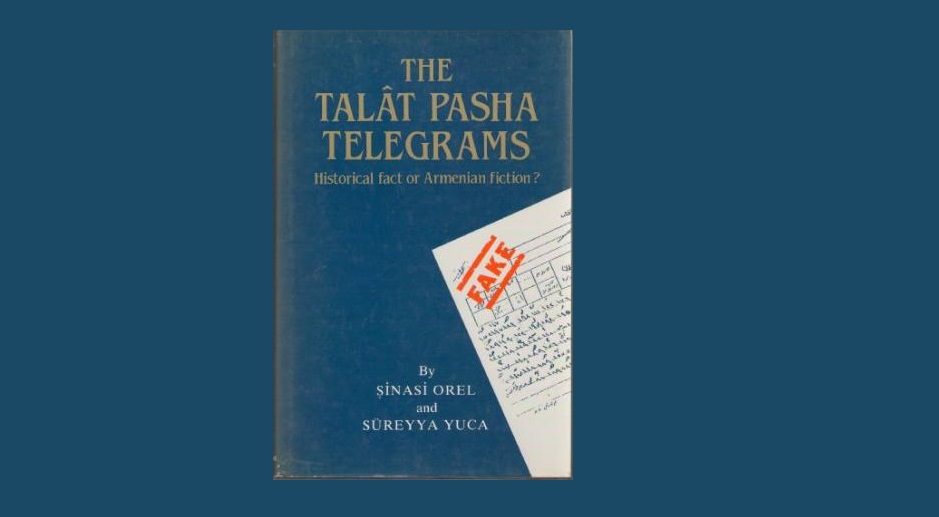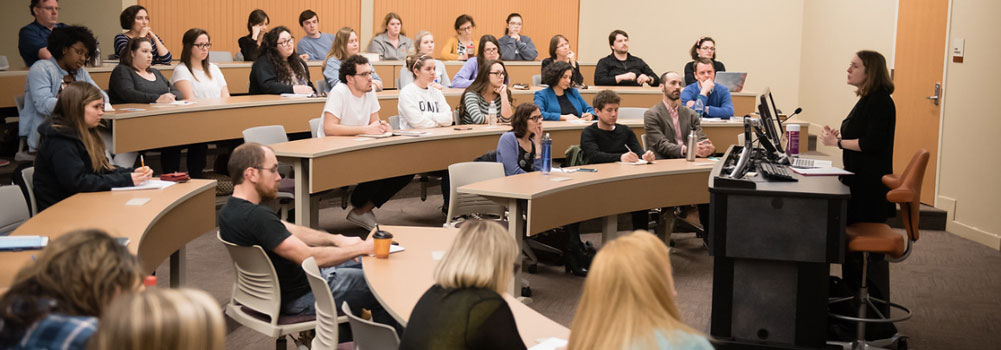
The Armenian Catholicosate of Cilicia (also known as the Holy See of Cilicia) is one of the four main administrative units of the Armenian Apostolic Church. Having changed its location throughout history due to various circumstances, the Catholicosate was located for a long time on a piece of land located in what is now the Kozan (Sis) district of Adana. However, towards the end of 1921 during the Turkish War of Liberation, when the French forces were readying to withdraw from the territories of South Anatolia that they had invaded, the Catholicosate of Cilicia left Kozan and first passed onto Syria, and then settled in the town of Antelias near Beirut in Lebanon. The immovable property abandoned by the Catholicosate was passed onto to the Turkish State within the framework of the Abandoned Property (Tr. Emval-i Metruke) legislation.
In April 2015, the Catholicosate through its representative made an individual application to the Constitutional Court of Turkey and requested the return of the property it had abandoned. In brief, the Catholicosate in its application claimed that “violations were made to its right of property due the appropriation of its immovable based on the provisions of the abandoned property legislation, to its freedom of religion and conscience and the principle equality due to the appropriation of a place of worship, and the right to fair trial due to being hindered from accessing land registries.”[1] In its application, the Catholicosate expressed that its immovable was appropriated without compensation. At the same time, the Catholicosate expressed that the Kozan Land Registry Directorate (Tr. Kozan Tapu Müdürlüğü) rejected its request to access relevant registries by stating that “your request cannot be fulfilled because you lack documents that convincingly put forth your relationship to the immovable indicated in your relevant application.”[2]
In its verdict delivered on June 2016, the Constitutional Court stated that the Armenian Catholicosate of Cilicia’s application was rejected on procedural grounds, since the Catholicosate had not first exhausted administrative and judicial application ways prior to its application to the Constitutional Court. In brief, the Constitutional Court stated that individual application was a secondary legal way, and that this method can only be valid in case there is no reasonable possibility for the return of claimed rights through the primary legal way, namely within the framework of instance courts and current legislation.
The Catholicosate of Cilicia did not object to the rejection of the Kozan Land Registry Directorate and did not take this case to the court. Furthermore, the Catholicosate did not apply to any court for the return of the immovable it claims a right on, but under current legislation, land registry disputes can be taken to court even if land registry information is not known for certain.[3] Aside from this, the Constitutional Court identified inconsistent statements in the Catholicosate’s application concerning why it does not need to exhaust administrative and judicial application ways prior to its application to the Constitutional Court. The Court indicated that the Catholicosate “on the one hand expresses that the application ways are ineffective, and on the other indicates that there are provisions in the legislation towards the return of or the compensation for the right to the immovable and, in connection to this, even mentions legal precedents for the successful return of rights.”[4]
Despite the fact that the Armenian Catholicosate of Cilicia received rejection from the Constitutional Court on procedural grounds, and without attempting to exhaust administrative and judicial application ways in Turkey, the Catholicosate decided to take the case directly to the European Court of Human Rights (ECtHR). In a meeting it held in Brussels on 7 December, the Catholicosate announced that its application had reached the ECtHR.[5]
It is not known how the European Court of Human Rights will respond to the Armenian Catholicosate of Cilicia’s application, and all that can done at this moment is to wait for the outcome of the ECtHR process. However, with this occasion, it will be beneficial to once again remind the reader of some historical facts and to freshen the people’s memory on this subject. As mentioned in the beginning, the Catholicosate of Cilicia, after making many location changes in the past, came to be located in Kozan for many years. It is known that this Catholicosate played an important role in many of the past internal turmoils in which Armenians were involved. There are records indicating that the French, who were preparing to retreat, opposed to the Christian population (including Armenians) living in Adana and the surrounding regions from leaving these regions.[6] At the same time, there are also records of the Grand National Assembly of Turkey Government making calls upon the Christian population of these regions to form together a unified front against the French occupation,[7] and openly making an effort for the Christian population not to leave these regions.[8] Despite all of this, in a unilateral move and in the absence of any political reason or pressure, the Catholicosate left Anatolia.
Therefore, the Catholicosate, in claiming a right to places that it had abandoned 95 years ago by leaving Kozan despite the insistence that had been shown for it to stay, probably has motives other than seeking justice. It will be beneficial to evaluate these motives within today’s political conjecture. Meanwhile, the Catholicosate taking the case to the ECtHR in the above-mentioned way gives the impression that it is seeking to have this issue handled by an international court such as the ECtHR, and thus create sensational headlines about a propaganda-filled narrative that involves the final days of the Ottoman Empire and the early days of Turkey.
*Photo: www.anayasa.gov.tr/
[1] Türkiye Cumhuriyeti Anayasa Mahkemesi, “Karar: Kilikya Ermeni Katolikosluğu Başvurusu (Başvuru Numarası: 2015/7661)”, date of verdict: 15.06.2016, p. 2, http://www.kararlaryeni.anayasa.gov.tr/Content/pdfkarar/2015-7661.pdf
[2] Türkiye Cumhuriyeti Anayasa Mahkemesi, “Karar: Kilikya Ermeni Katolikosluğu Başvurusu…”, p. 2.
[3] Türkiye Cumhuriyeti Anayasa Mahkemesi, “Karar: Kilikya Ermeni Katolikosluğu Başvurusu…”, p. 18-19.
[4] Türkiye Cumhuriyeti Anayasa Mahkemesi, “Karar: Kilikya Ermeni Katolikosluğu Başvurusu…”, p. 18.
[5] Varduhi Balyan ve Uygar Gültekin, “Sis için AİHM’ye başvuru”, Agos, 08.12.2016, http://www.agos.com.tr/tr/yazi/17204/sis-icin-aihmye-basvuru
[6] Maxime Gauin, “How to Create a Problem of Refugees: The Evacuation of Cilicia by France and the Flow of Armenian Civilians (1921-1922)”, Review of Armenian Studies, 2012, No. 25, p. 79.
[7] Gauin, “How to Create a Problem of Refugees…”, p. 75.
[8] Gauin, “How to Create a Problem of Refugees…”, s. 79-80.
© 2009-2025 Center for Eurasian Studies (AVİM) All Rights Reserved
No comments yet.
-
 AZERBAIJAN-ARMENIA PEACE TREATY PROCESS AND ATTEMPTS TO UNDERMINE TÜRKİYE-AZERBAIJAN RELATIONS - II
AZERBAIJAN-ARMENIA PEACE TREATY PROCESS AND ATTEMPTS TO UNDERMINE TÜRKİYE-AZERBAIJAN RELATIONS - II
Mehmet Oğuzhan TULUN 21.11.2025 -
 RELIGION AND DOUBLE STANDARDS
RELIGION AND DOUBLE STANDARDS
Mehmet Oğuzhan TULUN 20.04.2016 -
 ANTI-TURKEY AND ANTI-TURKISH VIEWS EXPRESSED AT A CONFERENCE ORGANIZED BY THE LSE TURKISH CHAIR
ANTI-TURKEY AND ANTI-TURKISH VIEWS EXPRESSED AT A CONFERENCE ORGANIZED BY THE LSE TURKISH CHAIR
Mehmet Oğuzhan TULUN 28.05.2015 -
 THE EUROPEAN UNION HAS COMPROMISED ITS FOUNDING PRINCIPLES DURING ITS 60TH ANNIVERSARY CELEBRATIONS
THE EUROPEAN UNION HAS COMPROMISED ITS FOUNDING PRINCIPLES DURING ITS 60TH ANNIVERSARY CELEBRATIONS
Mehmet Oğuzhan TULUN 06.04.2017 -
 WATER DIVINER: A FAIR PORTRAYAL OF WAR
WATER DIVINER: A FAIR PORTRAYAL OF WAR
Mehmet Oğuzhan TULUN 26.02.2015
-
 NEW ARTICLE ON THE DASHNAK ERZURUM CONGRESS OF JULY 1914
NEW ARTICLE ON THE DASHNAK ERZURUM CONGRESS OF JULY 1914
AVİM 09.12.2021 -
 THE CALCULATED DISMANTLEMENT OF ACADEMIC ETHICS: THE CASE OF TANER AKÇAM
THE CALCULATED DISMANTLEMENT OF ACADEMIC ETHICS: THE CASE OF TANER AKÇAM
Aslan Yavuz ŞİR 29.12.2016 -
PRESIDENT OBAMA’S 24 APRIL STATEMENT
Ömer Engin LÜTEM 26.04.2013 -
 WORKSHOP ON ARMENIAN TURKISH SCHOLARSHIP: POLITICS AND GRATUITY AT WORK AGAIN
WORKSHOP ON ARMENIAN TURKISH SCHOLARSHIP: POLITICS AND GRATUITY AT WORK AGAIN
AVİM 10.08.2017 -
 FORGETFULNESS OF POPE FRANCIS AND PRESIDENT GAUCK: ACCIDENTAL OR WILLFUL?
FORGETFULNESS OF POPE FRANCIS AND PRESIDENT GAUCK: ACCIDENTAL OR WILLFUL?
Turgut Kerem TUNCEL 14.05.2015
-
25.01.2016
THE ARMENIAN QUESTION - BASIC KNOWLEDGE AND DOCUMENTATION -
12.06.2024
THE TRUTH WILL OUT -
27.03.2023
RADİKAL ERMENİ UNSURLARCA GERÇEKLEŞTİRİLEN MEZALİMLER VE VANDALİZM -
17.03.2023
PATRIOTISM PERVERTED -
23.02.2023
MEN ARE LIKE THAT -
03.02.2023
BAKÜ-TİFLİS-CEYHAN BORU HATTININ YAŞANAN TARİHİ -
16.12.2022
INTERNATIONAL SCHOLARS ON THE EVENTS OF 1915 -
07.12.2022
FAKE PHOTOS AND THE ARMENIAN PROPAGANDA -
07.12.2022
ERMENİ PROPAGANDASI VE SAHTE RESİMLER -
01.01.2022
A Letter From Japan - Strategically Mum: The Silence of the Armenians -
01.01.2022
Japonya'dan Bir Mektup - Stratejik Suskunluk: Ermenilerin Sessizliği -
03.06.2020
Anastas Mikoyan: Confessions of an Armenian Bolshevik -
08.04.2020
Sovyet Sonrası Ukrayna’da Devlet, Toplum ve Siyaset - Değişen Dinamikler, Dönüşen Kimlikler -
12.06.2018
Ermeni Sorunuyla İlgili İngiliz Belgeleri (1912-1923) - British Documents on Armenian Question (1912-1923) -
02.12.2016
Turkish-Russian Academics: A Historical Study on the Caucasus -
01.07.2016
Gürcistan'daki Müslüman Topluluklar: Azınlık Hakları, Kimlik, Siyaset -
10.03.2016
Armenian Diaspora: Diaspora, State and the Imagination of the Republic of Armenia -
24.01.2016
ERMENİ SORUNU - TEMEL BİLGİ VE BELGELER (2. BASKI)
-
AVİM Conference Hall 24.01.2023
CONFERENCE TITLED “HUNGARY’S PERSPECTIVES ON THE TURKIC WORLD"









